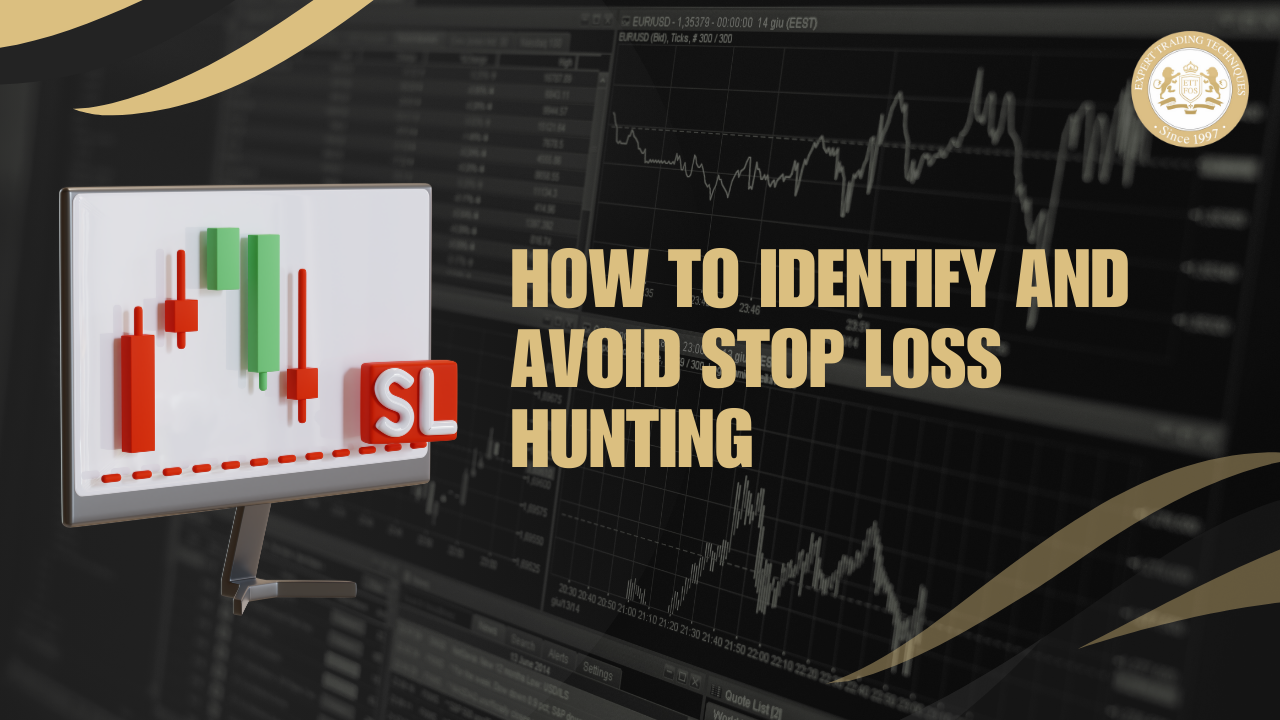
Stop loss hunting is a strategy used in trading where market players intentionally trigger stop loss orders placed by traders. This tactic can result in traders exiting their positions at unfavorable prices, leading to unnecessary losses. Understanding stop loss hunting and how to avoid it is vital for traders to safeguard their investments.
In this article, we’ll explore stop loss hunting in detail, its importance in trading, and practical strategies to mitigate its risks.
Stop loss hunting is a practice in trading where certain market participants attempt to intentionally trigger stop loss orders placed by traders. This is done by creating short-term price movements that hit the price levels at which stop loss orders are located. The goal is to force traders out of their positions, often resulting in losses for those traders.
Stop loss hunting can occur in various ways. One common method is through the use of large sell orders in the case of long positions or large buy orders in the case of short positions. These large orders can create temporary spikes in the price of an asset, triggering stop loss orders that are placed near these price levels.
Another method of stop loss hunting is through the use of high-frequency trading algorithms. These algorithms can quickly identify clusters of stop loss orders and execute trades to trigger them, causing the price to move in the desired direction.
For example, let’s say a you buy a stock at $50 per share and sets a stop loss order at $45 per share to limit potential losses. If other stock market participants are able to drive the price of the stock down to $45 per share, the stop loss order would be triggered, and you will sell their shares at a loss.
So overall, stop loss hunting is a strategy used by some market participants to take advantage of the predictable behavior of traders who use stop loss orders. By understanding how stop loss hunting works, you can take steps to protect and minimize the impact of this practice on their trading activities.
Detecting stop loss hunting requires a careful eye for certain signs. One common signal is sudden and unexplained price movements that seem to target specific price levels where many stop loss orders are placed. These movements often happen quickly and without any clear fundamental or technical reasons. For example, imagine a stock dropping sharply, hitting a cluster of stop losses just below an important support level.
Another sign is unusual trading volume, especially when paired with sharp price swings. This increase in volume may suggest that large orders are being used to trigger stop losses, leading to a spike in trading activity. This could be a strategy used by market manipulators to push traders out of their positions. For instance, consider a cryptocurrency experiencing a sudden surge in trading volume, followed by a rapid price drop that hits many stop losses.
Traders should also watch for sudden price spikes that quickly reverse. These spikes could be an attempt to trigger stop losses before the price returns to its original level. For example, a currency pair suddenly surges in value, triggering a wave of stop losses before quickly dropping back down. Recognizing these signs can help traders anticipate potential stop loss hunting and adjust their trading strategies accordingly. However, it’s important to note that these signs are not always definite proof of stop loss hunting and could sometimes be due to other market factors.
To avoid falling victim to stop loss hunting, you can employ several strategic approaches. One effective tactic is to set stop losses at less obvious levels, avoiding placing them at round numbers or key support/resistance levels. By setting stop losses strategically, you can reduce the chances of your positions being targeted by market manipulators looking to trigger stop losses.
Another strategy is to use wider stop loss levels. This means placing the stop loss further away from your entry point, which can help avoid triggering stop losses due to minor price fluctuations. However, ensure that your wider stop loss still aligns with your overall risk management strategy.
Additionally, avoid placing stop losses at obvious levels. Market manipulators often target stop losses placed at these levels, knowing that many traders will have set them there. By placing stop losses at less obvious levels, you can reduce the likelihood of your positions being affected by stop loss hunting activities.
Implementing these strategies can help you protect your positions from stop loss hunting and manage your risk more effectively in the market.
Stop loss hunting refers to a practice where market participants, often large institutional traders or market makers, attempt to drive prices to specific levels to trigger stop loss orders. This can lead to forced selling by traders with stop losses, causing the price to move further in the direction favored by the manipulators.
Market makers can benefit from stop loss hunting by generating additional liquidity in the market. When stop losses are triggered, it can lead to increased trading volume and volatility, allowing market makers to execute trades at more favorable prices.
While it may not be possible to completely avoid stop loss hunting, traders can reduce the risk by using strategic stop loss placement, avoiding placing stop losses at obvious levels, and being aware of market conditions that may increase the likelihood of stop loss hunting.
One common mistake traders make is placing stop losses at obvious levels, such as round numbers or key support/resistance levels, where they are more likely to be targeted by market manipulators. Another mistake is using stop losses without considering the broader market context or having a well-thought-out risk management strategy.
Stop loss hunting is not necessarily illegal, as it can be difficult to prove intent to manipulate prices. However, regulators closely monitor trading activities and may take action if they determine that market manipulation has occurred. Traders should be aware of the risks associated with stop loss hunting and take steps to protect their positions accordingly.